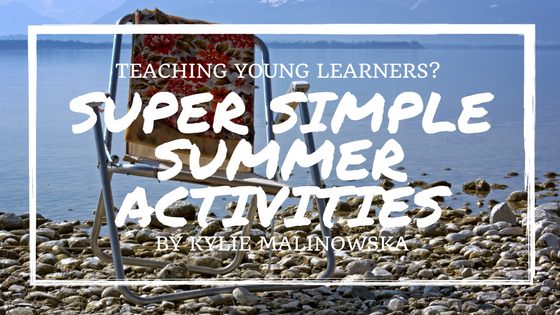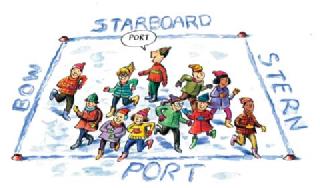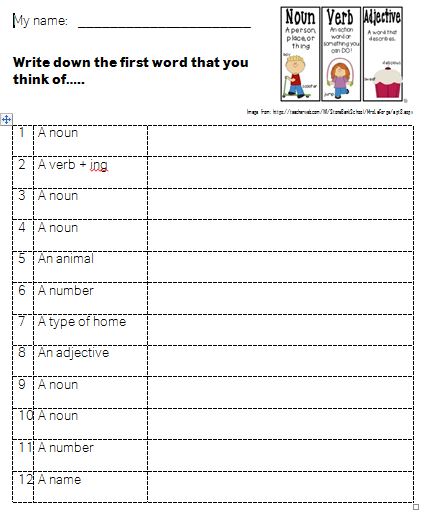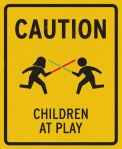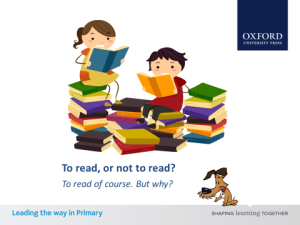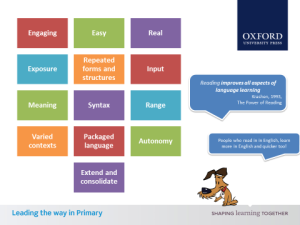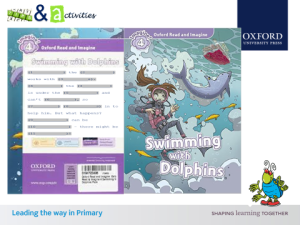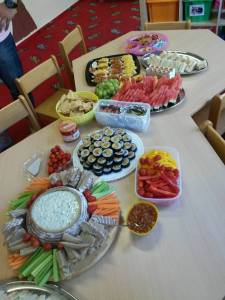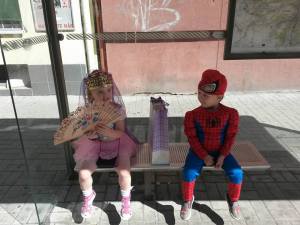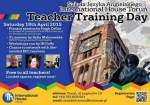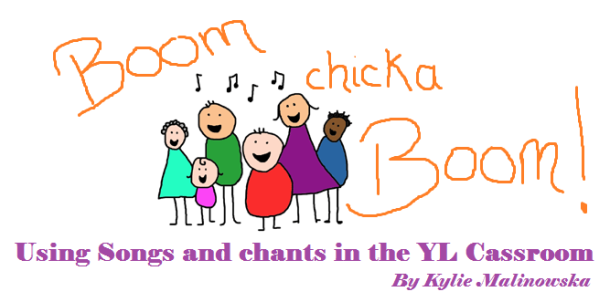
A simple and adaptable communicative activity.
A few years ago I saw my good friend and fellow teacher, Ben Herbert, share this idea at at the Annual Young Ones Conference for teachers of Young Learners at International House Brno.
Basically it’s an info gap. But a really super simple tweak to make it more effective and motivate learners to want to do it.
The basic template (you can find a copy to download here) is a table that learners fill in themselves. It can be used for almost ANY language point.
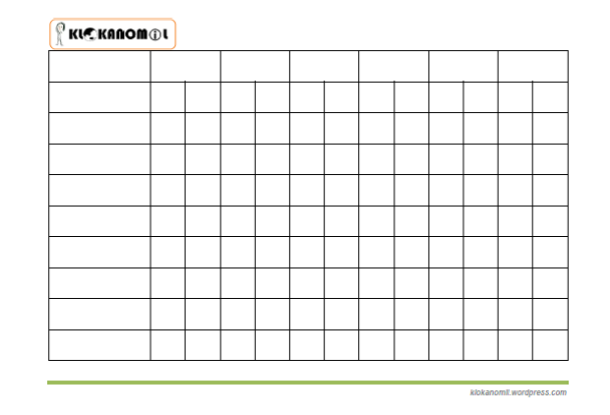
For example, a few months ago I used the template to practice “Do you have a………in your bedroom?“. Yesterday, with a class of 9-11 year olds we used it to ask about what they like doing in their free time “Do you………in your free time?”
It’s great for summer camp/school as there is virtually no prep (in fact you don’t even need to print out the template, you could get the learners to draw a table on scrap paper) and so versatile. Brilliant for busy summer schedules. AND communicative 😀 win win!
Step one
I had some lines drawn up on the board similar to the worksheet and elicited things that people do in their free time. These were written in the left had column.
As below, I wrote them exactly as the learners called them out. e.g. if they called out ‘TV’, I simply wrote TV. But if they called out ‘read comics’, then I wrote read comics.
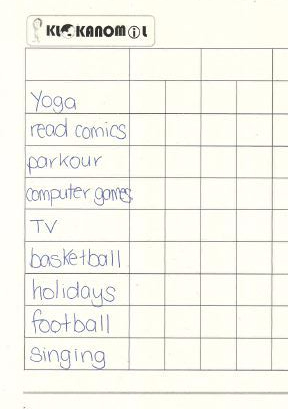
Step two
I then handed out the worksheet (see above to download a template) and asked students to write as many free time activities as they could think of. I encouraged them to choose their own and highlighted they don’t need to be the same as mine or the person next to them. If anyone needed help with a word or spelling, I wrote it on the board in case anyone else in the class also wanted to use that activity.
Once a few students had a full sheet, I asked them all to stop and reassured the others it didn’t matter if they didn’t have a complete sheet, as long as they had some.
Step three
I then directed the learners back to the board (I had my learners sitting on chairs in a horseshoe shape near the board with nothing but the paper and a pen, but this isn’t necessary).
I wrote my name in the first column and asked them to guess if I liked doing those activities. If they said yes I put a tick in the in the first column under my name and if they said no, a cross. I made it obvious I wasn’t going to tell them the answer yet. It was just a guess.
I then wrote one of the students names in the next column and told the class my guesses for the student – pointing out that he shouldn’t tell me the answer yet.

Step four
I asked the learners to write names of other students int he class in each of the boxes in the top row. I monitored to make sure they were writing in the right place.
Once a handful of people had finished I asked them to stop and again reassured them it didn’t matter if they hadn’t finished, as long as they had at least a few names.
Step five
I gave the learners a time limit to fill in their guesses with ticks and crosses and monitored to check they were in the right columns.
Step six
I redirected the class back to the board and asked the class to check their guesses about me and see if they were right. I elicited full sentences e.g. Do you read comics in your free time? and made sure to drill and board any sentences or vocabulary they had difficulty with. I also modelled and boarded Yes, I do. No, I don’t.
As I did this, I demonstrated how to put my answer in the right hand side column under my name. Once this was done I told them how many guesses they had right.
I then did the same for the student example and highlighted the things we had in common.
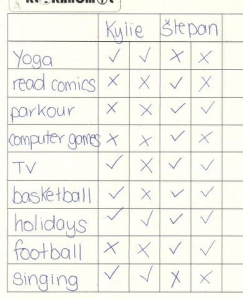
Step seven
I did one last drill of some questions using a couple of the learners chosen activities as examples, and then CCQs to check they knew what they had to do before setting them off to walk around the room and check to see if their guesses were correct. It was class of boys and they gave each other high fives each time they got a guess correct. They were fully engaged and using only English, even to high five. best of all, as they really enjoyed the activity and completed it successfully, it really boosted their confidence. They were really proud to have used only English for such a long time as well as complete mini exchanges with each other. I also encouraged them as I was monitoring to ask further questions if they wanted to e.g. “I play football too, who do you play for?” and boarded some of the phrases.
Step eight
We sat in a circle and talked about how many guesses we got correct, which answers were surprising, and which people had similar interests to us.
There are loads of possible follow ups. Writing a reports, drawing some graphs of pie charts, making a poster, giving a talk about what they learnt etc. I hope your learners like it too.
Enjoy!
Until next time….
